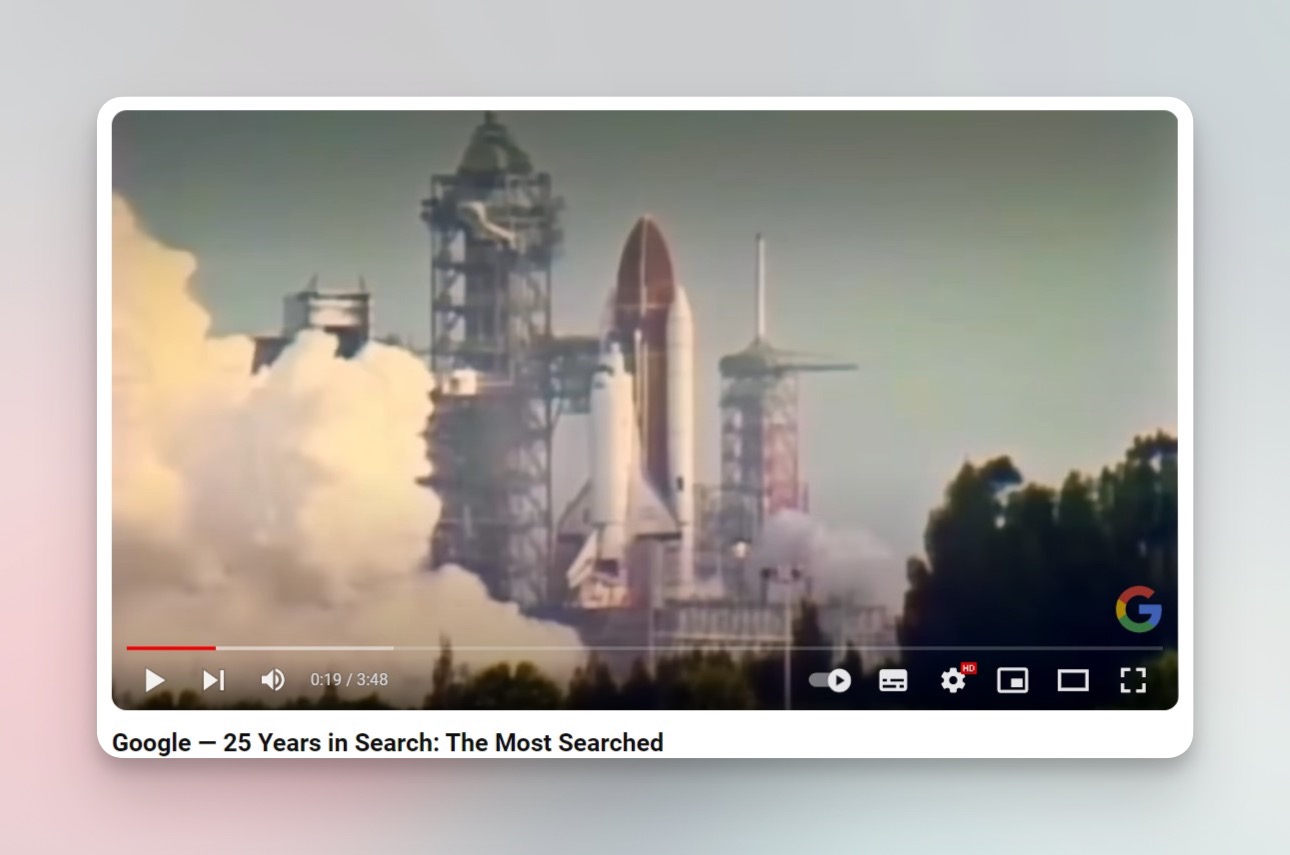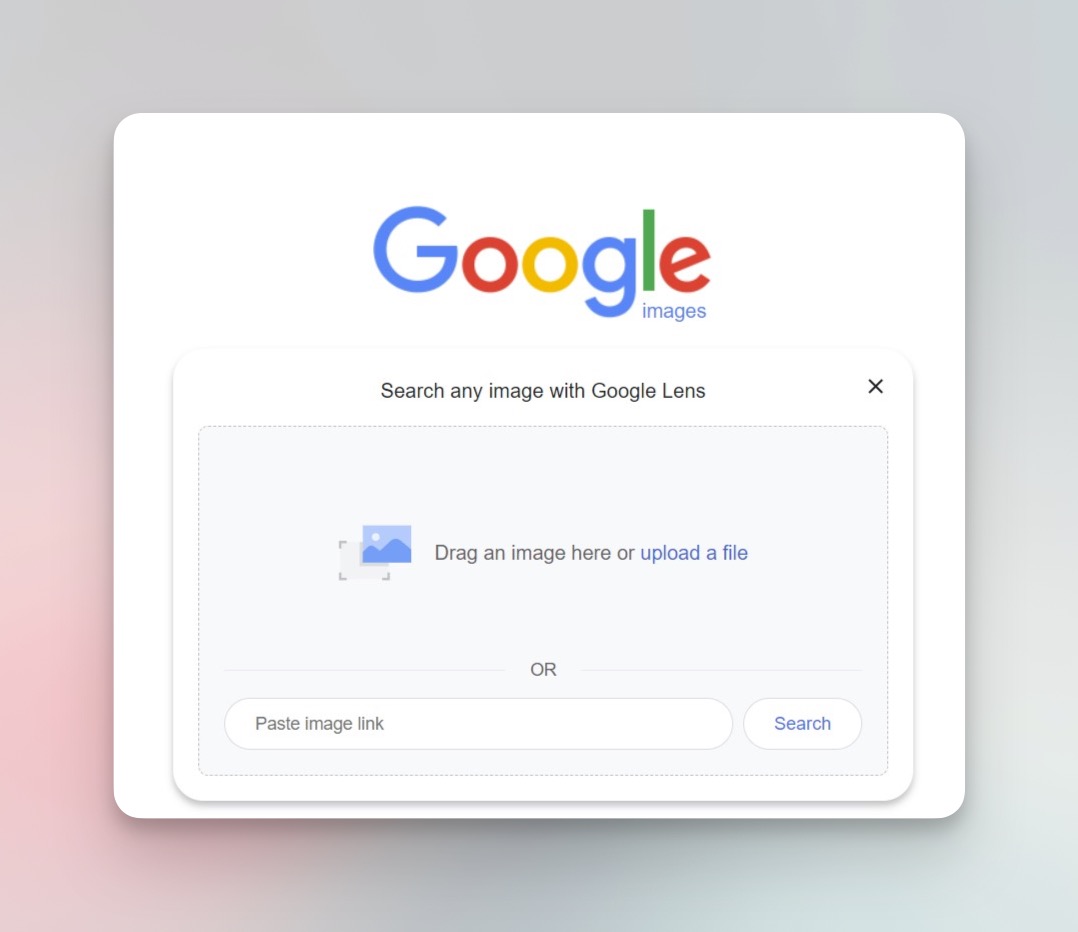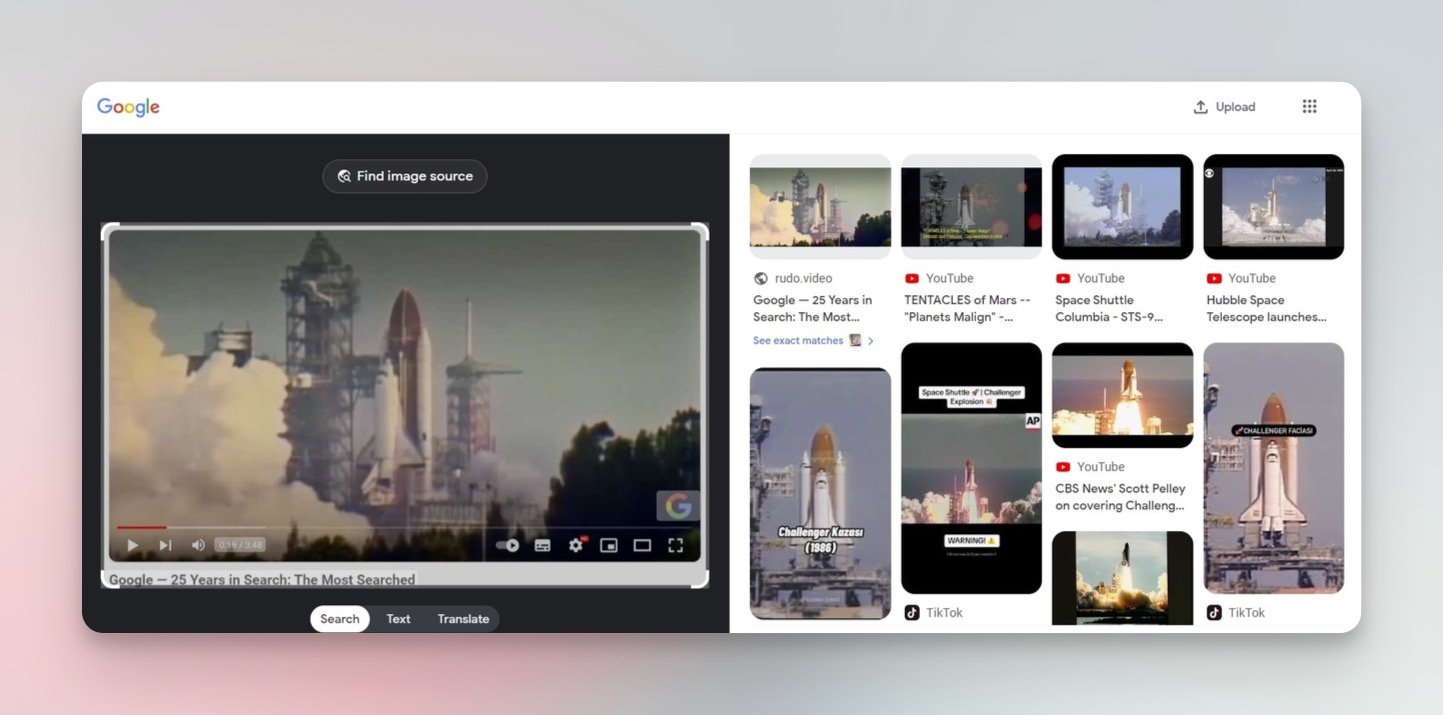
Understanding how to reverse video search is a powerful tool in your digital arsenal you need to explore and master.
We’ll be explaining how reverse video search works, how to perform it across various platforms while highlighting its key applications.
What is a Reverse Video Search
Essentially, a reverse video search is a process where you use a video or a screenshot of a video as the input, instead of using a keyword or phrase. The search engine, be it Google, Bing, or a dedicated video reverse search tool, then looks for similar or duplicate content online.

This process can unveil a plethora of information such as the video's original source, related content, and more. In other words, to reverse search a video is to open a veritable Pandora's box of useful insight!
Why is It Important to Reverse Search a Video?
Reverse searching a video is not about mere discovery or curiosity—it's about harnessing the full potential of video content in the digital age.
There are several scenarios why you would want to reverse search a video:
🎯 Ensure Content Originality: With reverse video search, you can root out duplicate content, ensuring your videos remain unique and original. By verifying the originality of your content and avoiding duplicates, you improve SEO and earn higher rankings on search engine result pages.
🎯 Protect Intellectual Property: Track plagiarized content online, safeguarding your copyright and protecting your intellectual property rights. Identifying any illegitimate usage of your video content is vital. Once you've located instances of plagiarism, screenshots of the search results can serve as evidence for action.
🎯 Gain Rich Market Insight and Creative Inspiration: Gain comprehensive insights into trending video content, and discover a wealth of creative inspiration through related content. If a particular video inspires you, use a reverse search to discover more videos with similar themes or content.
🎯 Perform In-depth Analysis: Lift the curtain on the source of a video, understand its distribution, and perform in-depth analysis. Being able to analyze videos, locate their sources, and track their performance can keep you one step ahead in the game.
🎯 Support Investigative Reporting: Get to the root of a story by verifying the authenticity of a video and exploring different angles using related search results. You can use reverse video search to compare multiple versions of the same video in order to ascertain variations and discern the truth.
What are the Limitations of Reverse Video Search?
While reverse searching a video has a lot of benefits, it’s also worth mentioning that there are some limitations.
Understanding these limitations can equip you to use reverse video search more effectively, optimize your efforts, and manage your expectations.
❗ Dependent on Image Quality: The success of a reverse video search largely hinges on the image quality. Low-resolution images or screenshots might struggle to fetch relevant results.
❗ Limited to Video Frames: Since you use screenshots from the video for the search, detailed information embedded in the video or its metadata might not be captured.
❗ Variation in Results: Different search engines and tools can yield varying results, and sometimes, multiple tries may be required.
❗ Dependent on Web Coverage: Results are also dependent on whether corresponding or related content is available on the web.
How to Reverse Search a Video
It is important to remember that Google is not the only player in the arena when it comes to reverse video search. Diversifying your strategy across various platforms can vastly broaden your reach and your understanding of how different platforms process video content.
Also, it’s important to acknowledge that in this mobile-first world, you might not always be in front of your PC when you need to perform a reverse video search. But no worries! Your mobile devices – be it Android or iOS – have got you covered.
Google Images and Bing Images are as convenient to use on mobile browsers as on desktops. You could also download applications of tools and navigate just like their website.
🌟 You may want to read: Mobile-First Indexing: What is It & How it Works
Now, let’s decode how to reverse video search on different platforms while taking a closer look at independent tools.
1. Perform a Reverse Video Search on Google
Google doesn't currently support video-based reverse search. What it does offer, however, is the ability to use screenshots from within a video to perform a reverse image search. This can certainly lead you to your desired video or at least related content.
This may seem like a workaround, but it's often very effective, and mastering it will amp up your video content game.
Let's walk through the process of performing a reverse image search using Google to track down videos:
Step 1. Capture a Screenshot: First things first, play your video and when you come across a unique, identifiable scene, pause. Take a screenshot of the scene. Make sure this scene isn't too generic, as it will affect the search results.

Step 2. Head to Google Images: Next, bring up your internet browser, and navigate over to Google Images.

Step 3. Upload the Screenshot: Once on Google Images, click on the camera icon that's present in the search bar. Upload your screenshot in the pop-up window that appears.

Step 4. Analyze the Results: Once the screenshot is uploaded, hit enter to get Google Images to perform a reverse search for you. Look through the results to find any relevant matches.

If you aren't exactly lucky with your first search, don't be disheartened. Try different scenes from the video. The more distinctive the scene, the better are your chances of finding what you are looking for.
2. Perform a Reverse Video Search on Bing
Bing, Microsoft’s search engine, offers another way to perform a reverse video search. Just like Google, Bing also relies on still images from a video for the search rather than a direct video search.
However, Bing can often fetch different but equally relevant results, giving you yet another perspective and tools to utilize.
Here is how to perform a reverse video search on Bing:
Step 1. Capture a Screenshot: Play the video you want to search for, and when you find a unique scene, pause and take a screenshot.
Step 2. Launch Bing Images: Open your web browser and navigate to Bing Images.

Step 3. Upload the Screenshot: Click on the camera icon present in the Bing Image search bar and upload the screenshot you've captured.

Step 4. Analyze the Results: After hitting enter, take your time to delve deep into the results. Understand how the results vary from what Google produced.

Rest assured, this will broaden your arsenal of reverse video search strategies!
3. Perform a Reverse Video Search via Independent Tools
To add more oomph to your reverse video search toolset, it is essential to explore independent tools dedicated to the cause.
Here are some useful tools:
Berify
Berify is a popular tool among professionals for reverse video search. Unlike Google and Bing, Berify offers the ability to search using video files directly, making your task much more straightforward.

Shutterstock
If you're into stock videos or use them frequently for your campaigns, chances are you’ve found Shutterstock quite handy. Their reverse image search tool can likewise come in handy to find relevant stock clips or images similar to your video.

TinEye
TinEye is another robust tool to perform a reverse image search. Despite not being video-specific, TinEye can oftentimes pull up impressive results with an image from a video.

🔎 Case Study: How Reverse Video Search Helped in Digital PR Firm’s Link Building
To further illustrate how powerful and game-changing reverse video search can be, we will discuss a case study to provide you with in-depth understanding of the practical application of reverse video search.
A Digital PR firm was facing challenges in tracing all the placements of their client's video content, causing potential backlink opportunities to be missed.
The team decided to use reverse video search to identify all the locations across the web where their client's video content was hosted.
They took unique snapshots or screenshots from the client's videos. Uploading the screenshots into Google Images, they started their search. They sifted through all the results, locating websites or platforms where the video content was hosted but weren't linking back to their client's website.
Armed with the compilation of all these locations, they initiated targeted outreach requesting backlinks to the client's website.

The outcome? A substantial uptick in the number of valuable backlinks to their client's website, a win-win!
This case study perfectly exemplifies how reverse video search can directly impact your link-building efforts, improve your brand's online authority, and elevate your SEO game.
🌟You may want to read: Quick Ways to Find Who Links to Your Site or Any Site
Wrapping Up
Picture this: you stumble upon a viral video that you just have to know the source of or you discover a video clip that you wish you could locate the full version of.
Perhaps you're a SEO expert trying to track down a piece of engaging content, or an investigative reporter delving deeper into a story. This is where the magic of reverse video search comes into play.
Not only does reverse video search give you control over digital content, it enables you to analyze potential content for its SEO value, find related or derived content, identify potential link-building opportunities, and track illegitimate usage of your video content.
Moreover, reverse video searching can empower you to tap into creative inspiration. Perhaps a video sparks an idea for your next campaign, or a series of related videos reveal a larger trend you can capitalize on.
So next time you find an interesting video, you know what has to be done: break it down, extract unique frames, combine it with the right keywords, and get ready to dive deep into the ocean of web information. Who knows, you might just land your treasure!
🌟You may also want to read:
- How to Name Images for SEO in 2024 [Checklist]





